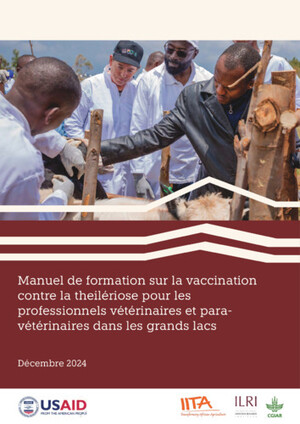
Experts discuss the impact of climate change on tick-borne pathogens in western, central and eastern Africa
Africa is highly vulnerable to the effects of climate change, impacting the emergence, re-emergence and spread of vector-borne diseases. The epidemiology of tick-borne diseases in tropical Africa is complex, often characterized by co-infection of livestock and wildlife with multiple tick-borne pathogens.
Added to this complexity is the diversity of livestock production systems on the continent, ranging from extensive pastoral systems in rangelands to intensive zero-grazing systems in the cooler highland regions.
To explore the impact of climate change on tick-borne pathogens, scientists from the International Livestock Research Institute, the University of Nairobi and Washington State University contributed an expert opinion to a newly published book, Climate, ticks and disease.
The expert opinion is summarized in a chapter that discusses the potential impact of climate change on vector abundance, survival and transmission of tick-borne pathogens in western, central and eastern Africa.
The chapter also discusses two case studies:
- Rhipicephalus microplus with a focus on West and Central Africa; and
- northern expansion of Rhipicephalus appendiculatus into South Sudan through anthropogenic cattle movement.
East Coast fever, a deadly cattle disease, is caused by a parasite called Theileria parva whose main vector is the tick Rhipicephalus appendiculatus.
Research continues on the development of effective vaccines for East Coast fever. The authors point to another area worthy of future investigation, namely, why R. appendiculatus and T. parva do not occur in West Africa despite the presence of a corridor of ecologically suitable sub-humid habitat stretching from northwest Uganda through the Central African Republic and northern Democratic Republic of the Congo to Cameroon and Nigeria.
Citation
Githaka, N., Kanduma, E. and Bishop, R. 2021. Role of climate and other factors in determining the dynamics of tick and tick-transmitted pathogen populations and distribution in western, central and eastern Africa. IN: Nuttal, P. (ed), Climate, ticks and disease. Wallingford, UK: CABI. pp. 486–491.
Header photo: Ticks in ILRI's tick laboratory (ILRI/David White)


















